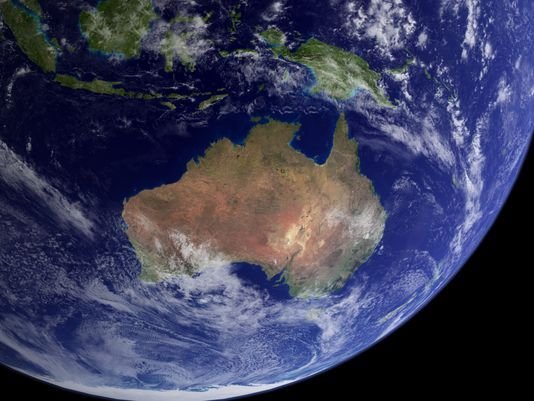Eons ago, the land Down Under wasn't so far away after all.
Rocks recently discovered in Australia bear striking similarities to those found in North America, a study finds. The sandstone sedimentary rocks the scientists uncovered are not "native" to present-day Australia, but instead are common in eastern Canada.
The rocks were found in Georgetown, Queensland, Australia, which is some roughly 250 miles west of Cairns in the northeastern part of the continent.

Scientists believe that one region of what's now modern-day Australia was once attached to North America, but broke away 1.7 billion years ago. After drifting around for some 100 million years, the chunk eventually crashed into what’s now Australia, forming the "supercontinent" Nuna.
Researchers then determined that when Nuna broke apart an estimated 300 million years afterward, that chunk of land did not drift away. It instead became a new piece of real estate permanently stuck to Australia.
“This was a critical part of global continental reorganization when almost all continents on Earth assembled to form the supercontinent called Nuna," said study lead author Adam Nordsvan of Curtin University in Perth, Australia.
“This new finding is a key step in understanding how Earth’s first supercontinent Nuna may have formed," he added.
Nuna, sometimes referred to as Columbia, was one of several supercontinents that existed before the most well-known and recent one, Pangea.
The study was published in the peer-reviewed journal Geology.
Hi! I am a robot. I just upvoted you! I found similar content that readers might be interested in:
http://texags.com/forums/12/topics/2927267